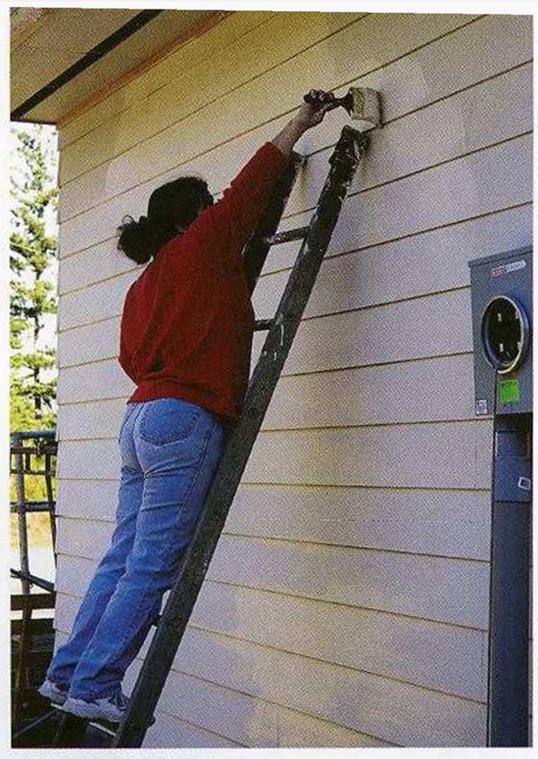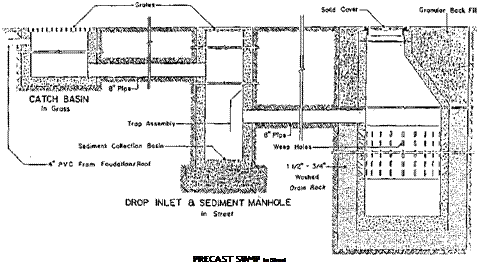MECHANICALLY STABILIZED EARTH WALLS
Mechanically stabilized earth (MSE) walls are made up of several elements—specifically, the reinforcement of a soil mass through the use of steel strips, steel or polymeric grids, or geotextile sheets, capable of withstanding tensile forces, and a facing material. Figure 8.25 depicts different types of geosynthetic reinforced walls. The walls depicted range from a sloping geotextile wrapped face, usually used for the more temporary
Vertical cast-in-place Vertical masonry facing
concrete/masonry facing
FIGURE 8.25 Facings for geotextile-reinforced walls.
conditions, to stabilized soil masses faced with more long-term cast-in-place concrete or masonry block facings.
The advantages of MSE walls over the more conventional reinforced concrete walls include
1...
read more







